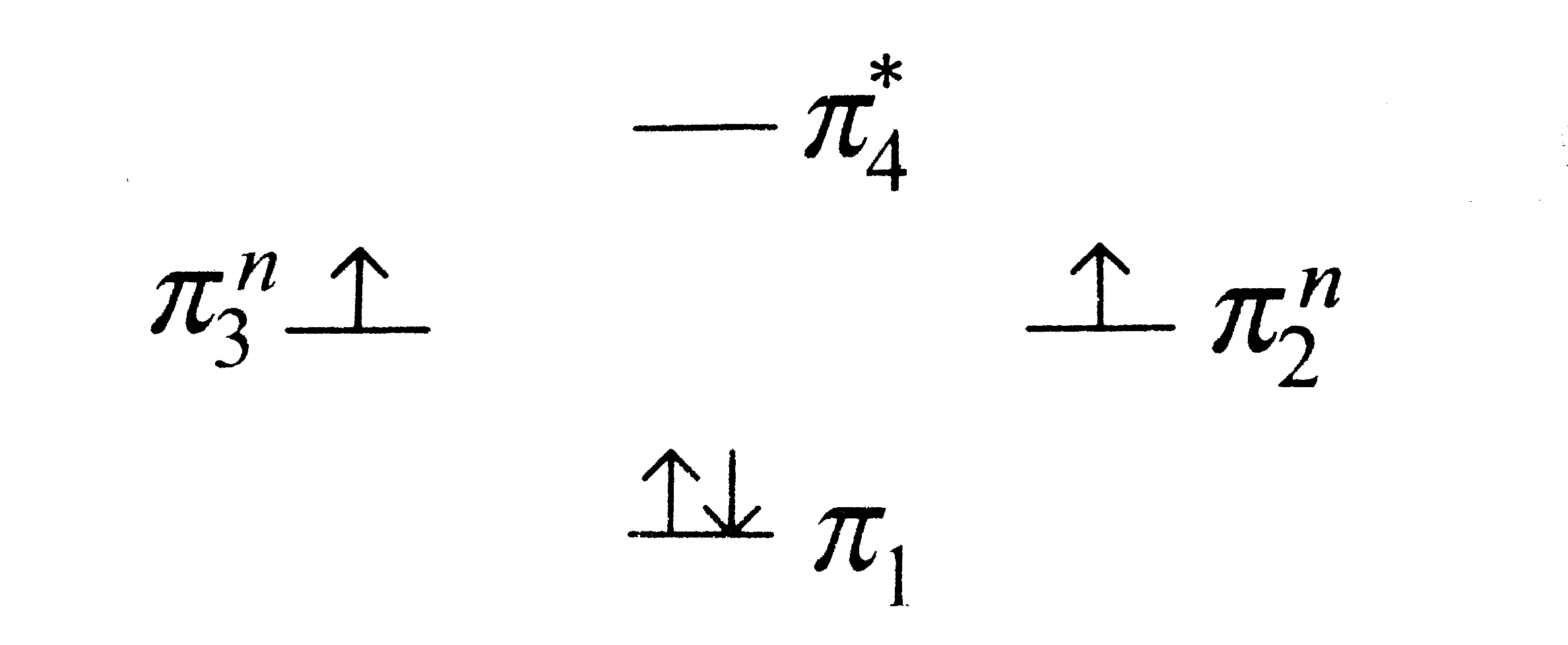Using MO theory, explain why cyclobutadiene is antiaromatic.
Strategy: Use the polygon-and-circle method for deriving the relative energies π MOs.

The MO electron distribution is Since the nonbonding MOs are half-filled, cyclobutadiene isantiaromatic.
Topper's Solved these Questions
- AROMATIC HYDROCARBONSBOOK - R SHARMACHAPTER - AROMATIC HYDROCARBONSEXERCISE - Follow up Test 1
10 Videos
- AROMATIC HYDROCARBONSBOOK - R SHARMACHAPTER - AROMATIC HYDROCARBONSEXERCISE - Follow up Test 2
13 Videos
- ALKYNESBOOK - R SHARMACHAPTER - ALKYNESEXERCISE - Archives
42 Videos
- CHEMICAL BONDINGBOOK - R SHARMACHAPTER - CHEMICAL BONDINGEXERCISE - Archives
73 Videos
Similar Questions
Using MO theory, show that cycloctatetraene is antiaromatic.
Strategy: Use the polygon-and-circle method for deriving the relative energies of the πMOs.
View SolutionShow that cylopentadienyl cation is a diradical.
Strategy: Use the polygon-and-circle method for deriving the relative energies of the π MOs
View Solution
Knowledge Check
Using MO theory predict which of the following sepcies has the shortest bond length ?
AO2+2BO+2CO−2DO2−2Using MO theory predict which of the following species has the shortest bond length ?
AO+2BO−2CO2−2DO2+2
Describe the electron distribution in the Mos of the cyclopentadienyl anion.
Strategy: Use the polygon-and-circle method for deriving the relative energies of the π Mos
View SolutionExplain why cyclooctatetraene is not aromatic?
Strategy: Apply Huckel's rule and use the polygon-and-circle method for deriving the relative energies of the πMOs.
View SolutionShow the electron distribution in the molecular orbitals of the cycloheptatrienyl cation.
Strategy: Use the polygon-andj-crcle method for deriving the relative energies of the Mos.
View SolutionUsing MO theory predict which of the following sepcies has the shortest bond length ?
View SolutionUsing MO theory predict which of the following species has the shortest bond length ?
View SolutionUsing the method of integration show that area of circle is πR2 .
View Solution
